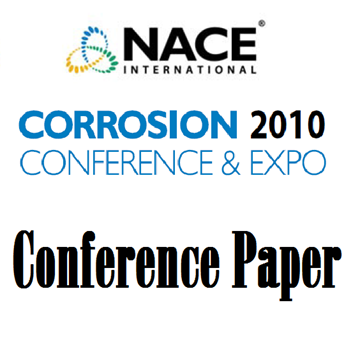Search
51312-01597-Investigations of Localized Corrosion of Stainless Steel after Exposure to Supercritical CO2
Also Purchased
08430 Corrosion of Materials in Supercritical CO2 Environments
Product Number:
51300-08430-SG
ISBN:
08430 2008 CP
Publication Date:
2008
$20.00
10294 Mercury Liquid Metal Embrittlement of Alloys for Oil and Gas Production and Processing
Product Number:
51300-10294-SG
ISBN:
10294 2010 CP
Publication Date:
2010
$20.00
51312-01602-A New Test for Evaluation of the Susceptibility to Hydrogen Assisted Cracking in Dissimilar Metal We
Product Number:
51312-01602-SG
ISBN:
01602 2012 CP
Publication Date:
2012
$20.00




